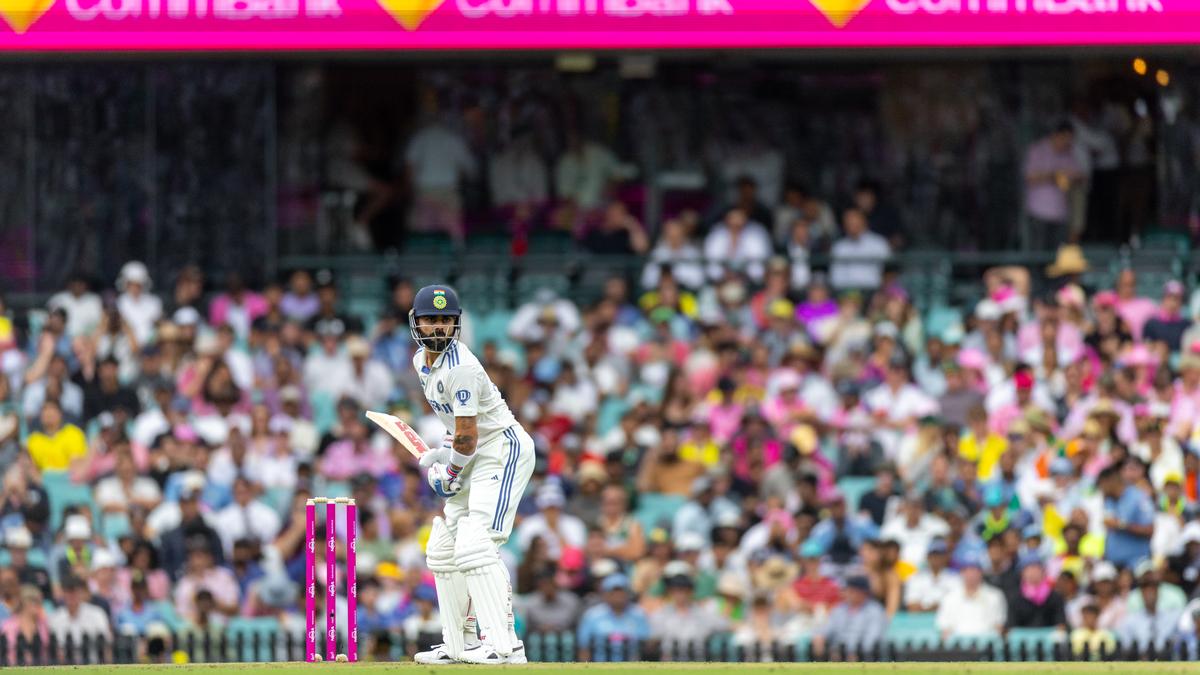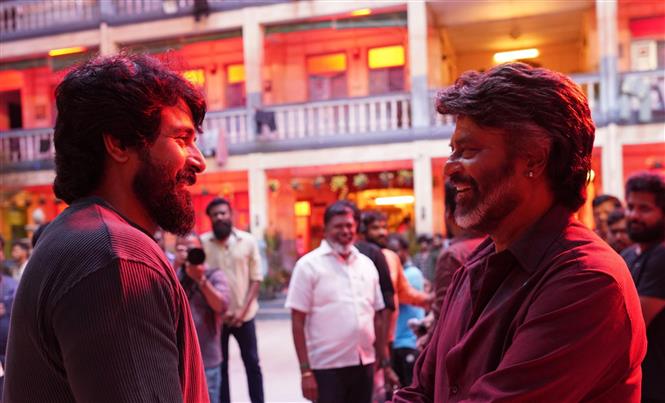Virat Kohli’s nightmare in the corridor of temptation: A statistical deep dive

Virat Kohli’s nightmare in the corridor of temptation: A statistical deep dive
Virat Kohli punched his thigh and furiously let out an expletive, directed at himself, as he fatally nicked a ball outside off-stump for the eighth time in the five-match Border-Gavaskar Trophy.
The sequence of his symmetrical dismissals in the series ended with him taking the long walk back to the dressing room, probably for the final time in whites in Australia, his average for the 2024–25 season reading a dismal 22.47 — the lowest since 2014. There was no final bow Down Under or redemption arc for posterity to cherish, but only the pitfalls of an insistent force of habit to live with.
Australia’s four-pronged pace attack put a squeeze on Kohli by exploiting his historical indiscretion outside the off-stump. The length and back-of-a-length balls on and outside off-stump, which accounted for seven of Kohli’s eight dismissals in the series, were the most frequently bowled deliveries to him.
Out of the 396 balls Kohli faced over the five matches, as many as 287 balls (72.47%) were on this line and length, limiting the master batter’s scoring options on the leg side and forcing him to venture into the cover region — which happens to be his second-most preferred scoring area, after the region in front of square leg.
As many as 3,957 (42.87%) of Kohli’s 9,230 Test runs have come in these two regions combined. On this tour of Australia, these areas yielded 50 of his 190 runs (26.31%), and the mid-on region emerged as his most productive, producing 45 runs. However, the lengths that generally enable a batter to unlock that area were few and far between, with only 38 full deliveries (9.59% of the total balls faced by Kohli) being bowled by the Aussie pace attack.
Of these 38 balls, Kohli scored 59 of his 190 runs in the series while being dismissed only once. With the loose deliveries in short supply, Kohli had to resort to scoring off the length and back-of-a-length deliveries on or outside off-stump, which yielded 73 runs while also being his undoing.
Scott Boland, who emerged as Kohli’s nemesis on the tour by dismissing him four out of eight times, admitted that the Australians had sensed Kohli’s desperation to eventually poke at one in the corridor to capitalise on his preferred scoring area.
“We’ve got pretty set plans on how we want to bowl to him,” Boland said on Fox Cricket of Australia’s success against Kohli this season. “He sort of feels like he leaves a lot and then he wants to play the ball once he gets in. So, once he gets in, we just want to switch our lines a little bit to fifth stump, and it’s working at the moment.”
Kohli has also displayed an eagerness to play length deliveries on the front foot. Amongst India’s top-eight batters on this tour, he has the highest share of length deliveries played on the front foot (61.75%). Moreover, three of his eight dismissals have come while prodding at length balls on the front foot, while he was found leaden-footed against Mitchell Starc’s back-of-a-length delivery in the pink-ball Test at Adelaide.
An eagerness to counter the swing, something that probably harks back to the wretched tour of England in 2014, has seen Kohli commit to the front foot even as his dwindling backfoot game has been found wanting on Australian tracks. He had a dismissal rate of 40.3 on this tour while playing on the back foot, significantly worse than top-order batters Yashasvi Jaiswal, KL Rahul, and Shubman Gill.
With just about 35% of his runs in this series coming behind square, Kohli hasn’t been able to get a hold of the deliveries that warrant backfoot strokeplay.
Kohli was known to adapt to conditions and tweak his technique in the process. He went from averaging 13.40 on the 2014 tour of England to doing a volte-face during the 2018 tour to the same country by averaging a whopping 59.30. He tinkered with his interception point by batting outside his crease to counter the late swing on offer and also adopted a more side-on stance that would enable him to cover his off-stump more effectively.
His tendency to get the outside edge reduced, with the trade-off being that he sacrificed the bulk of his leg-side runs in the following five years. The switch from an open to a side-on stance translated into Kohli outside-edging the ball less frequently, as compared to getting an inside edge, from 2015 to 2019. During this period, his runs on the leg side were overshadowed by those he scored on the off-side owing to the closed-off stance.
However, from 2020 onwards, to mitigate his vulnerability against inward movement, Kohli reverted to a slightly more open stance, and while that freed up the leg-side region again, the outside edges also became more prevalent.
Kohli got an outside edge 13 times in this series, resulting in eight dismissals. Jaiswal (15), Washington Sundar (15), and KL Rahul (13) were as indiscreet, if not more, in getting the outside edge but fell to it less often — three, two, and six times, respectively.
Going by these numbers, it wouldn’t be fair to ascribe Kohli’s prolonged lean patch to just a share of bad luck, just as one wouldn’t dare impute any stroke of good fortune to his success over the past decade and more.
He has always been a master of his own fate and will have to be his own redeemer. A comeback of sorts seemed to be brewing after a splendid unbeaten century at Perth in the series opener, but then the instinct to gobble baited hooks outside off-stump kicked in with a vengeance.
Even as his career heads into twilight, Kohli will need to resist the corridor of temptation and find ways to score again. The opposition has a template up its sleeve, like the Australians did, and now it just seems like a matter of different personnel accomplishing a similar task every series. A simple jigsaw being reassembled.
While it may be daunting to be singled out by the opposition, Kohli is no stranger to challenges and adversity. If he can be drawn to his frailties like a moth to a flame, he can rise again like a phoenix too.










